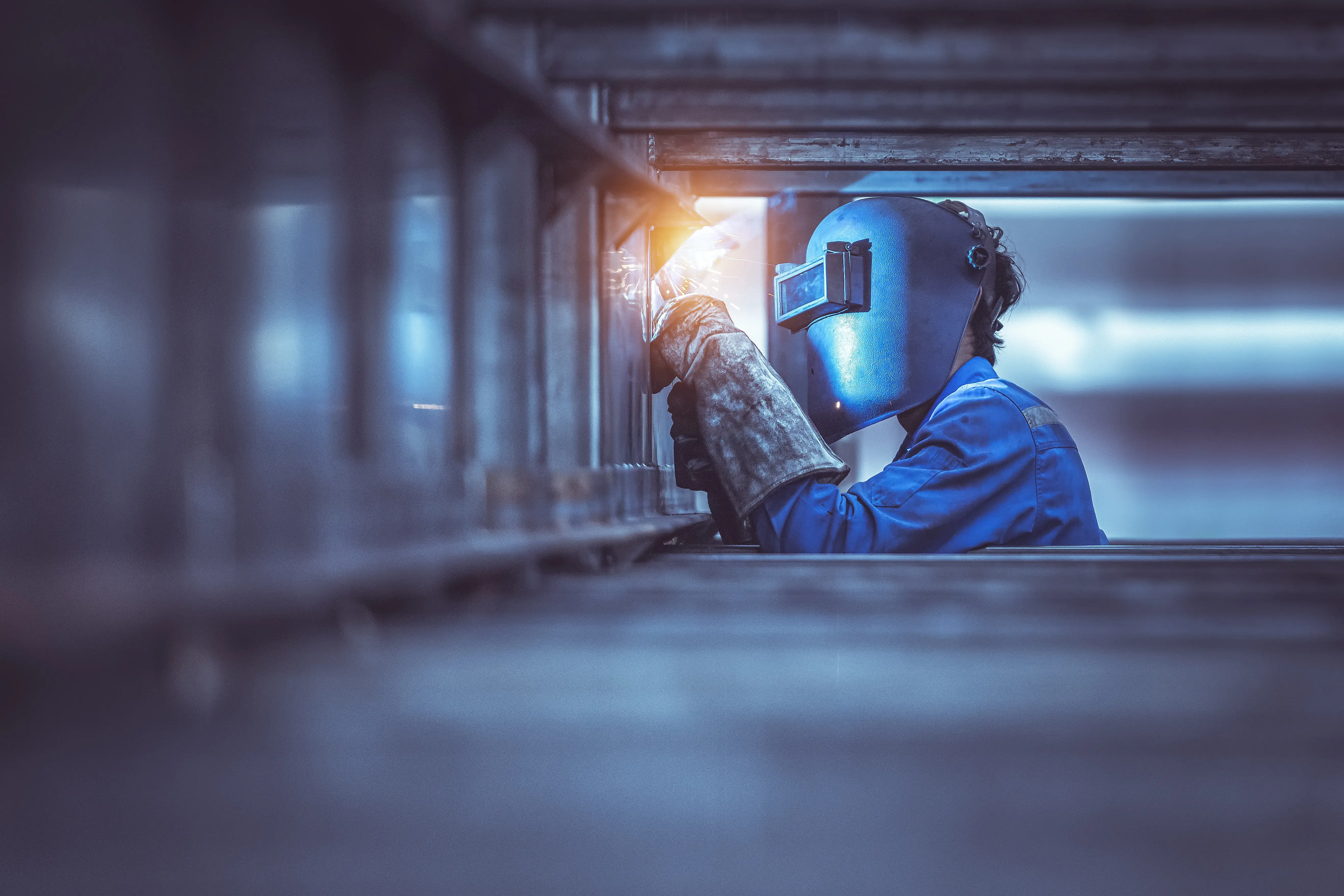How can you monitor your welding?
20th July 2022
 Shalini Ghose
Shalini Ghose
Monitoring your welds is an important part to ensure the quality and longevity of welds. Welding process monitoring is a mix of measuring and monitoring weld variables as well as the extra aspects that contribute to a high-quality weld.
What is the Need for Welding Process Monitoring?
One of the factors affecting the quality of welds is assessed by suitable testing procedures to ensure that a welded structure performs efficiently. The welding results are proof-tested in conditions that are similar to or more severe than those encountered in the field by welded constructions to ensure a quality weld that doesn’t fail in extreme conditions.
These tests indicate any weak or defective areas of the material that can be fixed before it is approved for practical application. As a result of the tests, the right welding architecture for machines is determined, which reduces the risk of accidents and employee injury.
Some common areas to monitor welds -
The functions or purpose of the welding output should be kept in mind while process monitoring. If the weld is done for a machine, it is highly important that the machine functions efficiently after the weld.
To process monitor a weld effectively, one must understand where proccess monitoring is required? The weak points a welding process may have are -
Incomplete Penetration: The failure of the filler and base metal to fuse together at the joint's root is referred to as incomplete penetration. In groove welds, bridging arises when the deposited metal and base metal are not fused at the joint's root. A joint design that is not suited for the welding process or the construction conditions is a common cause of partial penetration.
Lack of Fusion: The inadequacy of a welding process to fuse together layers of weld metal is known as lack of fusion. The weld metal simply glides across the plate surfaces. Overlap is the term used to describe this situation.
Undercutting: The burning away of the base metal at the weld's toe is known as undercutting. The following conditions can lead to undercutting -
- The current adjustment is too high.
- Too long arc gap
- Failure to fill up the crater completely with weld metal.
Slag inclusion: Metallic oxides and other solids compounds form elongated or globular pockets in slag inclusions. They cause the weld metal to become porous. Slag inclusions in arc welding are often made up of electrode coating compounds or fluxes. Slag inclusions occur in multilayer welding procedures when the slag between the layers is not removed.
Porosity: The presence of pockets that do not contain any solid material is referred to as porosity. The pockets contain gas rather than a solid, which distinguishes them from slag inclusions. To understand slag inclusion, it is important to know what is porosity and how porosity affects the welding process?
How to Monitor Welds?
You can use the non-destructive method which checks the welding faults without harming the metal to monitor welds effectively. It uses remote visual inspection (RVI), x-rays, ultrasonic testing, and liquid penetration testing to monitor welds without causing any damage.
Welding Process Monitoring can be performed in the following methods -
Arc Sensor in welding Monitoring: Arc sensing is the measurement of arc voltage and/or current variations as the distance between the welding torch and the welded item changes. For example, a constant current welding power source is typically used in the non-consumable electrode gas tungsten arc welding (GTAW) process. The arc voltage will alter as the distance between the tungsten electrode and the workpiece changes. One of the key reasons for the arc sensor's popularity is that it can trace the welding line in real-time without the use of any other external devices. This technology is appealing for weld seam monitoring because it combines automated height sensing with an arc sensor.
Ultrasonic Welding Monitoring:Ultrasonic sensing is based on the use of high-frequency acoustic waves. An emitter and a receiver are part of the sensing system. A piezoelectric transducer is a key component, which converts electrical energy into ultrasonic oscillation and vice versa. A portion of the emitter's oscillations is reflected from the workpiece's surface and collected by the receiver. This information is gathered and evaluated to produce a three-dimensional profile of the welding region.
Infrared Welding Monitoring: At a temperature greater than absolute zero, all objects emit electromagnetic radiation. The wavelength is in the infrared spectrum, and the intensity varies depending on temperature and substance. The infrared radiation released by the substance can be detected using infrared sensors. As a result, this sensor could be beneficial in monitoring and controlling the welding process, which is intrinsically a temperature activity.
Optical Weld Monitoring: The optical sensor uses the light source to estimate and measure welding process factors and alter welding parameters in real-time. In fact, the optical sensor acts as a bridge, transmitting the welding process output to the control model as an input signal. The state of the weld pool, for example, is determined via vision-based sensors.
Conclusion
The quality of the output and the stability of the process highly depend on how you monitor the welding process. A tool that can predict the root cause and helps in rectifying the root cause to eliminate the risk of downtime is a necessity to have an uninterrupted welding process.
In order to survive and grow in modern and advanced manufacturing, weld process monitoring is a crucial component of utilizing the benefits of Industry 4.0.

